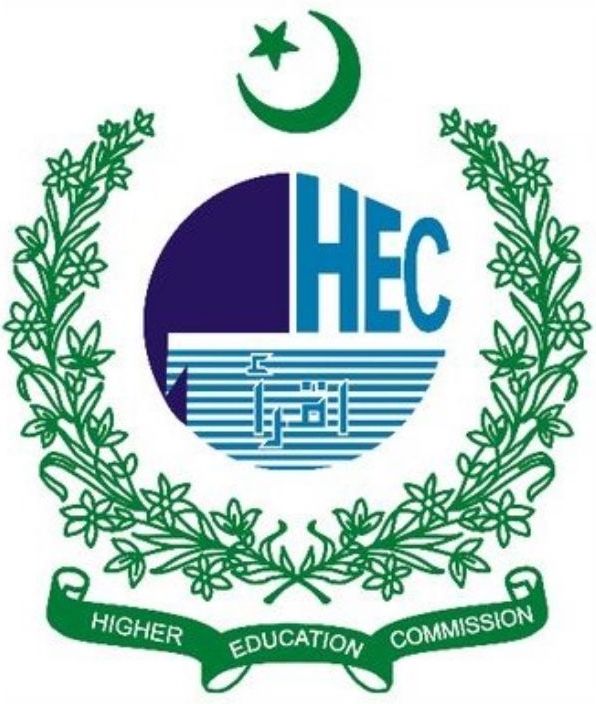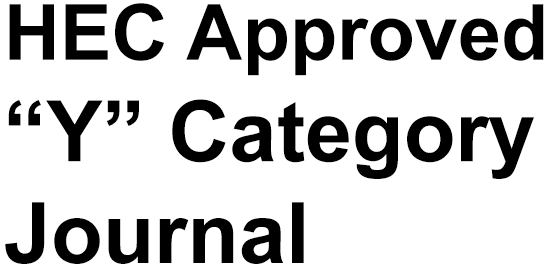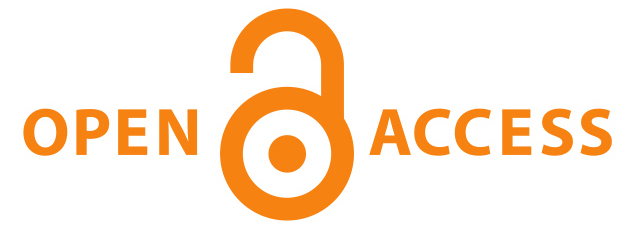Financial Projections and Valuation Optimization for Pre-Seed Startups: A Strategic Framework
DOI:
https://doi.org/10.63056/ACAD.004.02.0149Keywords:
Pre-seed startups, financial projections, valuation optimization, burn rate, LTV: CAC ratio, emerging marketsAbstract
This study develops a strategic framework for optimizing financial projections in pre-seed startups to enhance valuation and attract seed investors. The research examines how these financial metrics influence startup valuation during early-stage funding by focusing on revenue growth projections, operating costs, gross and net profit margins, burn rate, runway, and the customer lifetime value (LTV) to customer acquisition cost (CAC) ratio. Using quantitative analysis of 100 Pakistani pre-seed startups across diverse industries, the study employs descriptive statistics, correlation analysis, and multiple regression to test five hypotheses. Key findings show that while revenue growth and profit margins have less statistical significance, value is considerably impacted by operating cost estimates (β = 0.249, p = 0.017), burn rate (β = 0.198, p = 0.034), and the LTV: CAC ratio (β = 0.386, p < 0.001). Investors prioritize financial sustainability and efficient resource allocation above aggressive growth expectations, as evidenced by the model's capacity to explain 57.2% of valuation variance (R² = 0.572). The study adds to the body of literature by addressing gaps in pre-seed valuation in emerging countries and questioning the traditional focus on revenue growth. Practical ramifications indicate that to increase investor appeal, businesses should improve runway, streamline cost management, and maximize CAC efficiency. Investors are advised to give more weight to burn rates and LTV: CAC ratios when conducting due diligence. The study's sample size and geographic focus are limitations, and future studies are recommended to include non-financial aspects and cross-regional validation.
Downloads
Published
Issue
Section
License
Copyright (c) 2025 Maria Mehmood, Sohaib Uz Zaman (Author)

This work is licensed under a Creative Commons Attribution 4.0 International License.












